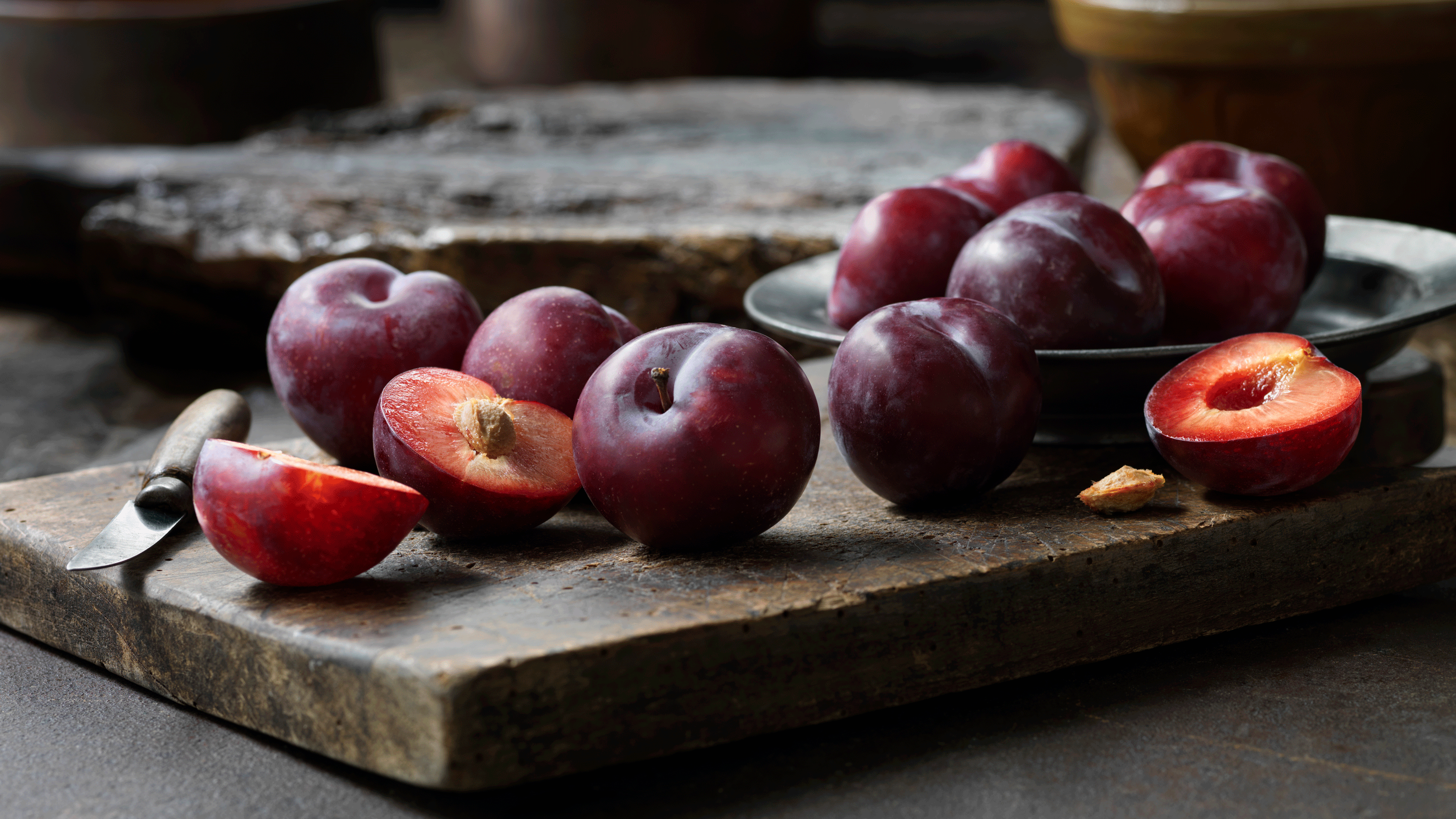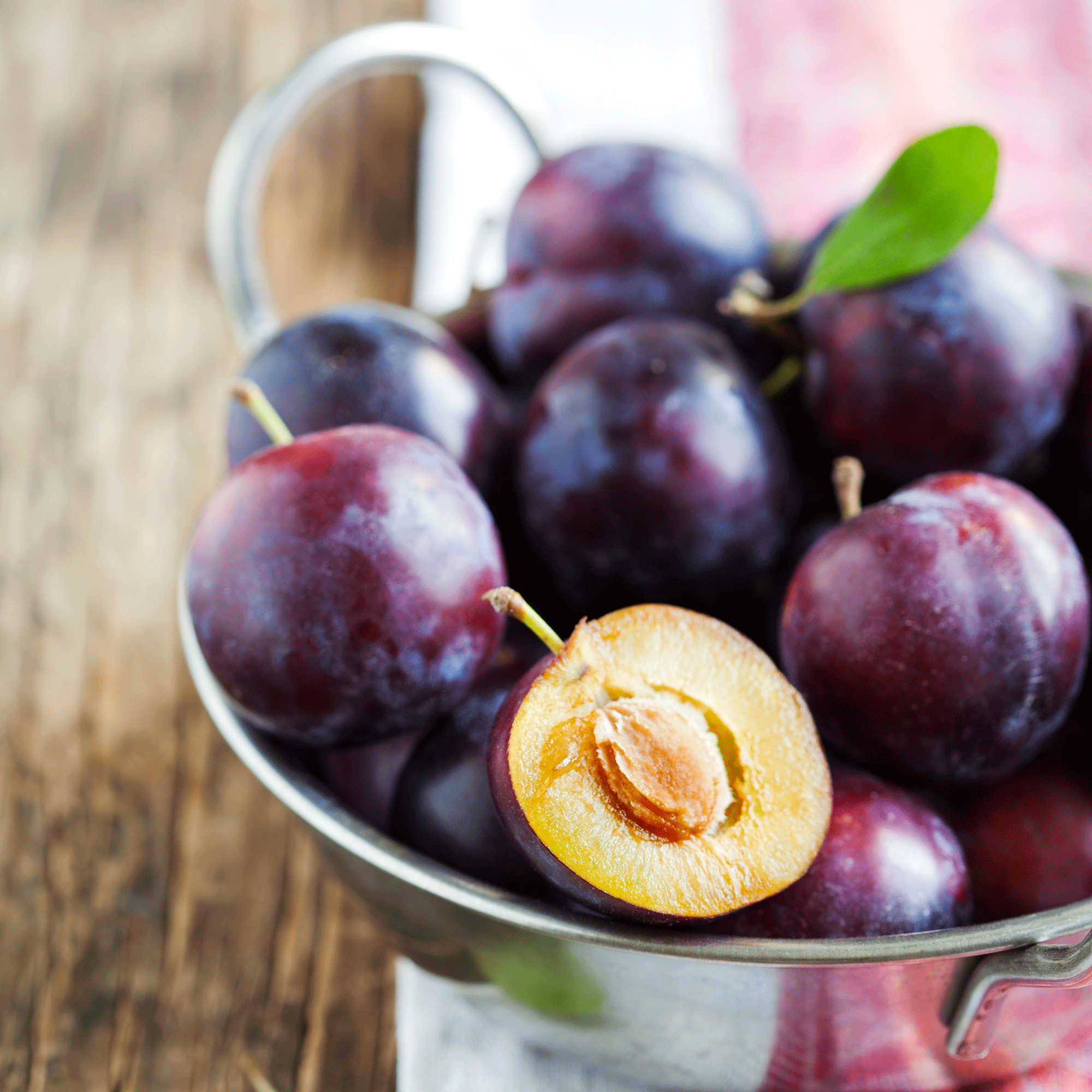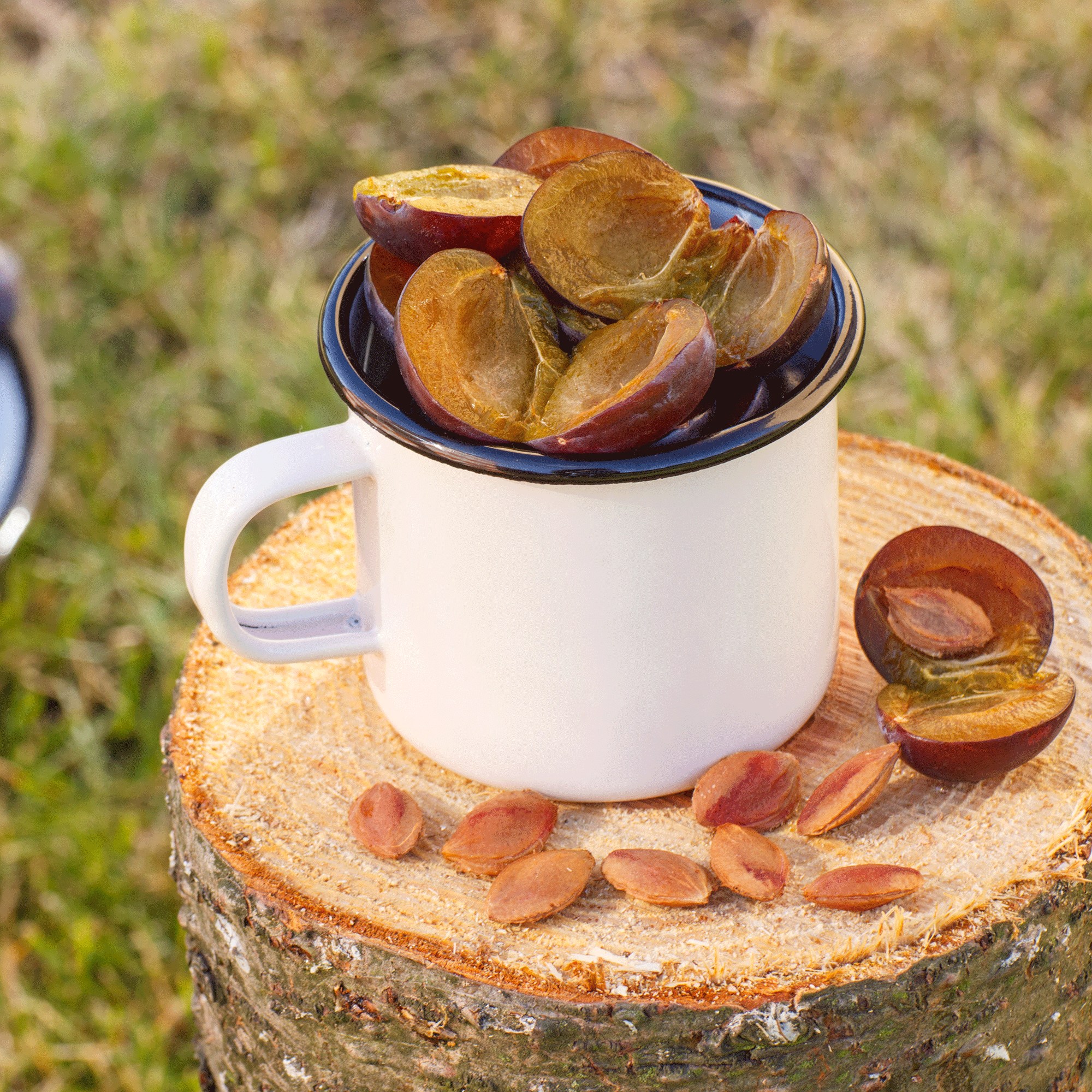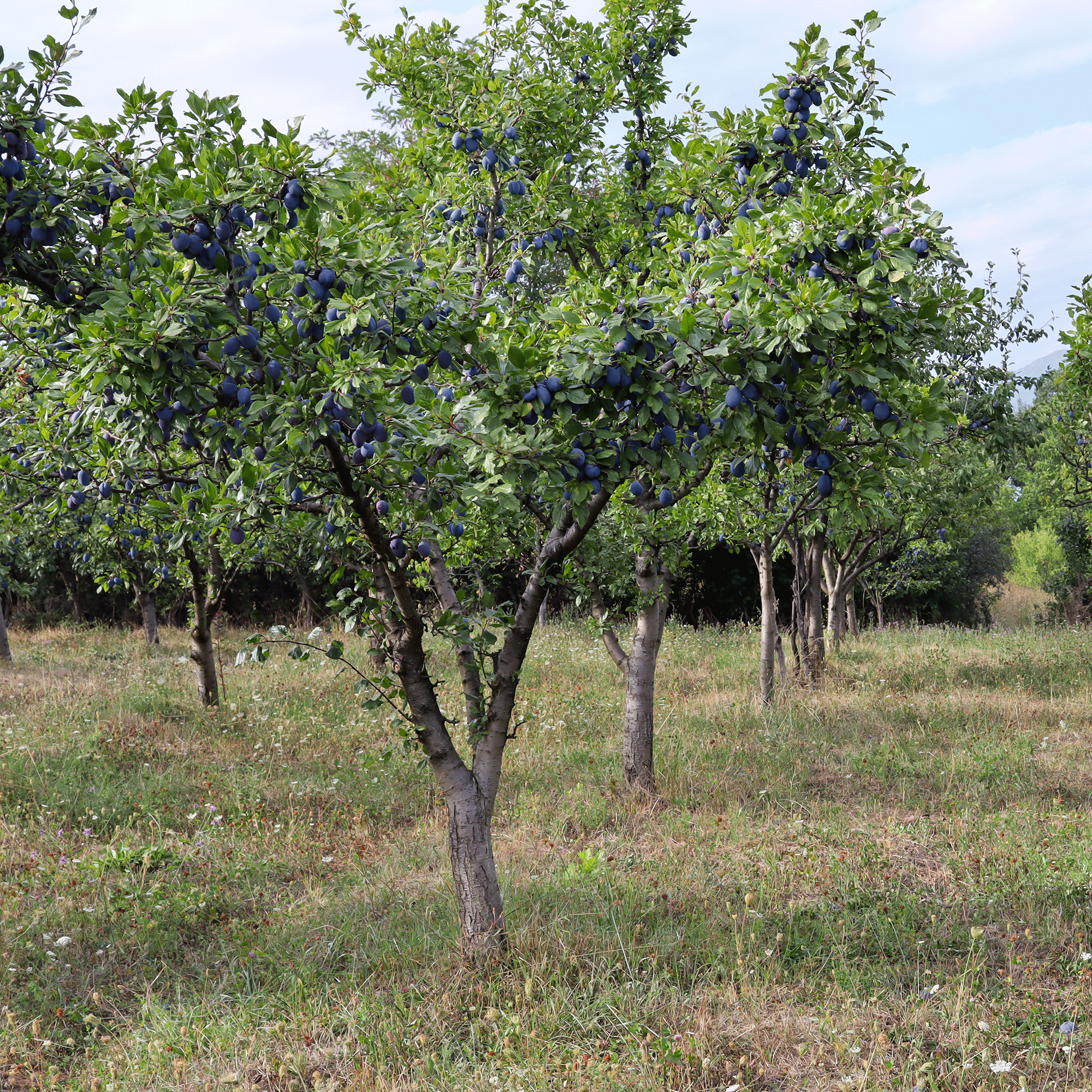How to grow a plum tree from a stone – grow your own tasty fruit for free
Set aside some time and space to grow your own


EDITOR’S NOTE: An earlier version of this article included a quote from a purported expert whose credentials we have not been able to verify. The quote has been removed. We regret this lapse in our verification process and have updated our internal protocols to reduce the risk of recurrence.
If you’ve ever considered growing your own plum tree, particularly if you can’t get enough of the sweet, juicy fruit, did you know that you could actually grow a plum tree from a plum’s stone?
Essentially, what you’re doing when you grow a plum tree in this manner is propagating and propagation is easily one of our favourite budget-friendly gardening techniques. For little to no money, you can take what would have otherwise ended up in the compost bin and use it to grow another plant, which also saves you from having to go out and buy a mature plum tree.
How to grow a plum tree from a stone
Growing plum trees from a stone will often produce a very different fruit when compared to the original plum. But if you don’t mind this, they are fairly easy to grow! You just need to follow some important steps to grow your very own plum tree in your garden or outdoor space.

What you’ll need
- Plum stones (or pits)
- A nutcracker; if you don’t already have one in your kitchen drawer, this Tala Nutcracker from Amazon is a great price
- Well draining soil; try the Westland Houseplant Potting Mix from Amazon
- A glass jar
- Planting pots; this pack of ten Verve Lei Terracotta Plastic Circular Grow pots from B&Q is a real bargain
Step-by-step
1. Collect and wash your plum stones
As is to be expected, you’ll want to start with some plum stones, or plum pits as they are also referred to. Take your plum stones and make sure to wash them thoroughly.
Then you’ll want to place them somewhere to allow them to dry out – a windowsill is an ideal spot. Allowing them to dry out will shrink the seeds in the plum stone which will help you get them out with ease.

2. Extract and check the seeds
Once the stones have dried out fully, it’s time to take a nutcracker to crack them open. Being careful not to damage any in the process, you can begin to extract the seeds from inside the stone.
Next put them in a glass of water overnight and then in the morning, remove the ones that are floating, as these aren't likely to grow.
Sign up to our newsletter for style inspiration, real homes, project and garden advice and shopping know-how
3. Plant the seeds
Once you've taken them out of the water, pop the seeds into a jar of damp compost. Then it’s a bit of a waiting game. You’ll want to seal the jar and clear some space for it in your fridge.
It will stay in the fridge for around six to eight weeks or until you start to see some roots start to appear.

4. Pot the rooting seeds
Then it’s time to pot the seeds. Take the seeds out of the jar and transfer them over to a plant pot filled with good draining soil – one seed per pot.
Place them somewhere cool and bright and when it comes to watering them. You want to make sure they are damp, but not overwatered.
Now all you have to do is wait for it to grow, and keep potting it up as it outgrows it's pots. In about three years your little tree should start to bear fruit, but it won't until five years that'll you be able to get a proper bump crop.

FAQs
How long will it take for fruit to start growing on your plum trees?
You're unlikely to see fruit on your homegrown plum trees before 3 years, with the full glut hopefully appearing in 5 years. So you may not see the literal fruits of your labour for some time but given that it won’t have cost you much at all, either in terms of expense or effort, growing your own plum tree from a stone is definitely worth trying, particularly if the stone fruit is one of your favourites to consume on a regular basis.

Ellis Cochrane has been a Freelance Contributor for Ideal Home since 2023. Ellis has been writing about homes, interiors and gardens for four years now, with her also contributing to House Beautiful, Country Living, Expert Reviews, Real Homes and Stylist.